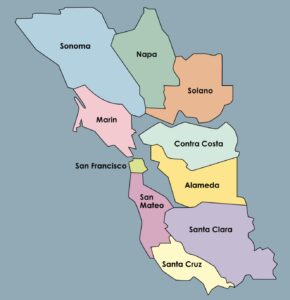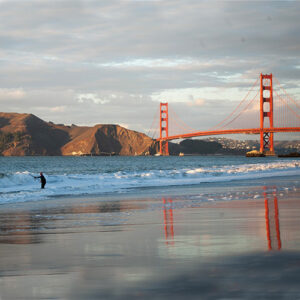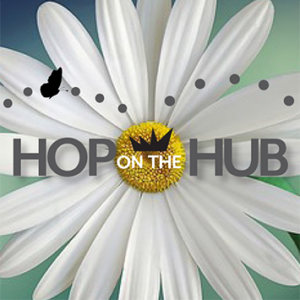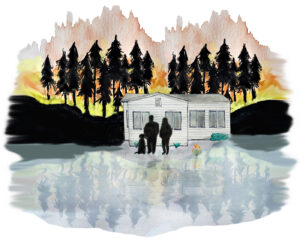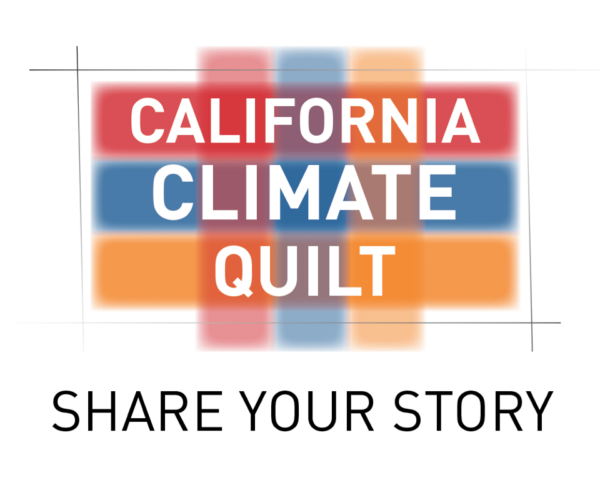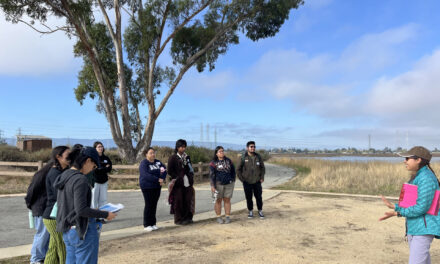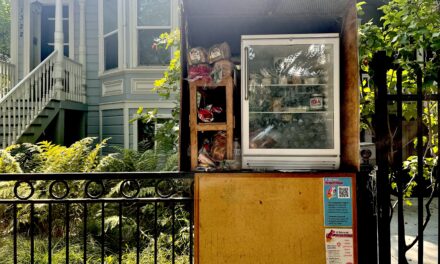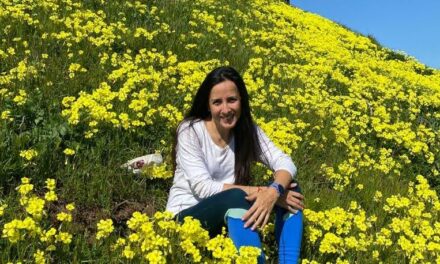Conversations With Two Bay Area Youth Climate Activists
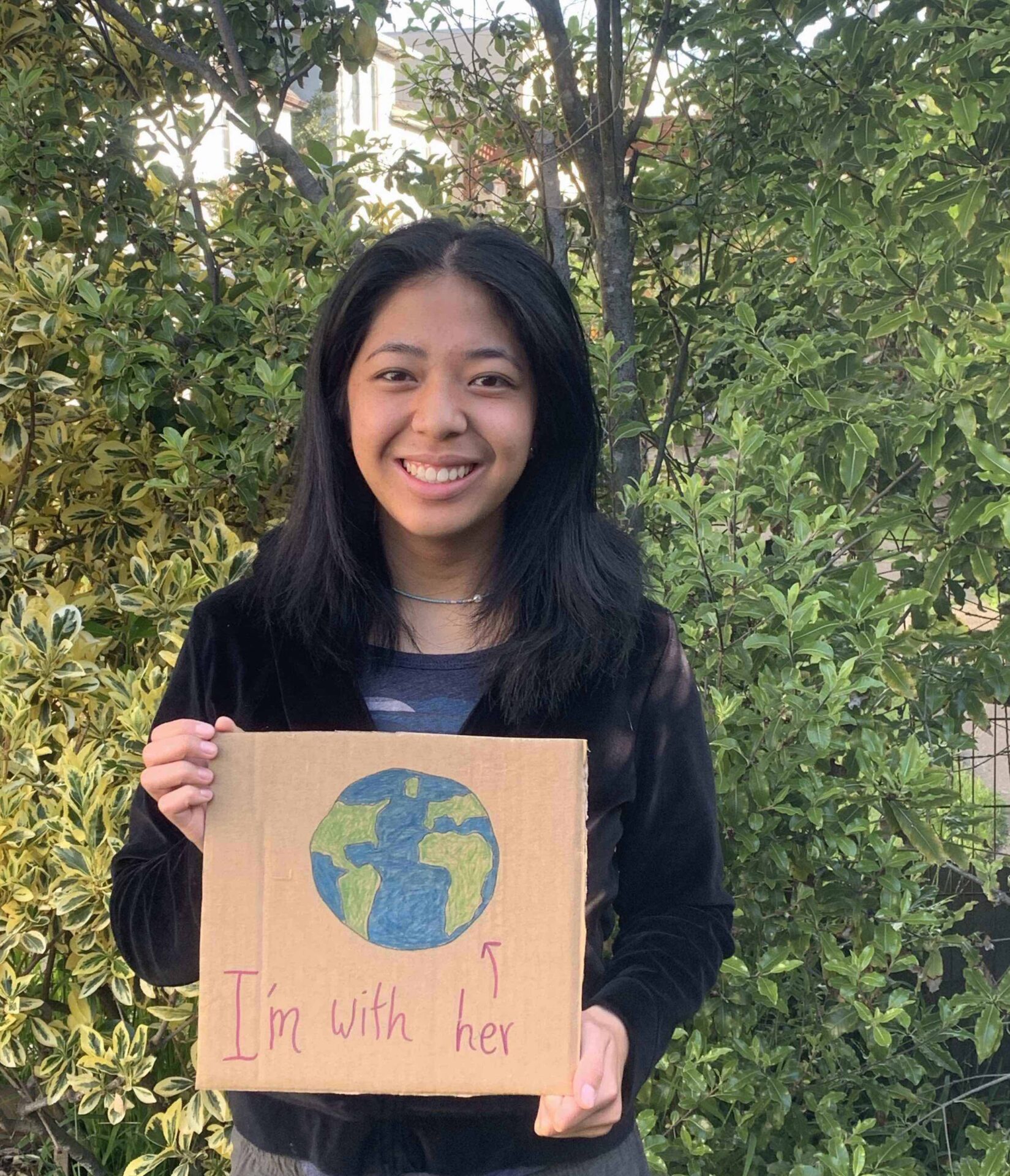
Oona Clark, who came to Bay Area Youth Climate Summit after working with Sunrise Movement and providing voter education on the Green New Deal, knows how inaccessible activism can feel. “I didn’t know where to start, and I think that’s one of the biggest obstacles for youth activists,” says the 17-year-old. She encourages budding activists to look inwards. “Find your niche. Figure out what you’re good at, what you want to do. There’s going to be a way you can apply it.”
Through the Summit, Clark is working to break down the barriers that keep youth from joining the movement. “Not everybody has to be Greta Thunberg. If you can only devote one hour a week that’s fine. There’s so many people behind each power activist—and you can be one of those people,” she says.
For Clark, the importance of intersectionality in the climate movement is always top of mind. “I view the climate crisis as very important and that’s what I want to be directly involved in. But all these systemic issues like racism and sexism are connected, so wherever you are, whatever your passion is, it’s all important right now.”
After originally discovering the event on Instagram, Natalie Tam helped plan last year’s youth climate summit. While she may have connected online, Tam’s motivation to fight for the planet comes from her offline experiences. “I love to go to Ocean Beach and look at the water and the Marin Headlands, and think about how beautiful our planet is, and the fact that we only have one home.”
As a youth activist, Tam feels heard and supported within her school by teachers and administrators, but has observed that many adults resist change because they find it uncomfortable.
She has learned that the best way to encourage people to adopt more sustainable lifestyles is to make alternatives approachable. “A lot of people think it’s out of their control, like I’m just one person and I don’t matter. But really there is so much power in individual change, and you can use your actions—from what companies you support and what food you buy—to create another world.”
First published in RARA Review, April 2021.
Other Recent Posts
Who Will Inherit the Estuary? Training for a Rough Future
The six-month program teaches students aged 17 -24 about the challenges facing communities around the SF Estuary, from Stockton to East Palo Alto.
Split Verdict Over State of the Estuary
Habitat restoration and pollution regulations are holding the Bay steady, but the Delta is losing some of its ecological diversity, says SF Estuary Partnership scorecard.
Volunteers Catch and Release Tiny Owls For Science
In Santa Rosa, citizen scientists capture northern saw-whet owls to help further research on climate impacts to the bird.
Antioch Desalination Plant Could Boost Local Water Supply
The $120 million plant opened this fall and treats 8 million gallons of brackish water a day, 75% of which is drinkable.
How Cities Can Make AI Infrastructure Green
Data centers fueling AI can suck up massive amounts of energy, water and land, but local policies can mitigate the impact.
What to Know about PFAS in Tri-Valley Water
In this nonfiction comic, explore how the city of Pleasanton is dealing with PFAS- contaminated groundwater.
ReaderBoard
Once a month we share reader announcements: jobs, events, reports, and more.
Artist Repurposes Shoreline Detritus
Courtney Griffith scours beaches and parks for everything from plastic to charcoal, mangled ropes and burnt wood to use in her work.

